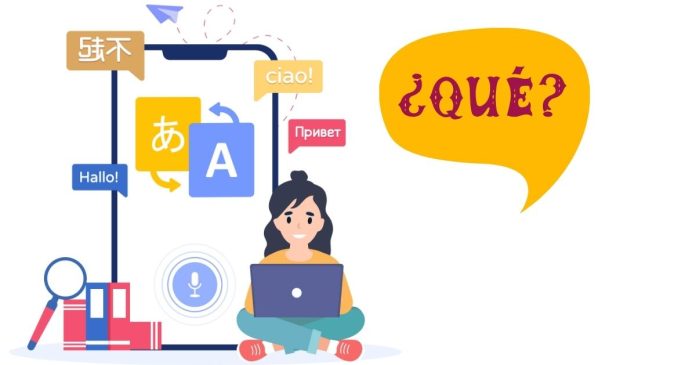The phrase “¿Qué pasó?” in Spanish can have multiple meanings depending on the context and tone in which it is used.
1. “What happened?”
- Context: When you want to inquire about a specific event or situation that has just occurred, you would use “¿Qué pasó?”
- Example: If you walk into a room and notice something unusual, you might ask “¿Qué pasó?” to find out what happened.
- Translation: This is a direct, literal translation.
- Example in English: You walk in and see something broken – “What happened?”
2. “What’s going on?”
- Context: If there’s confusion or something out of the ordinary happening, “¿Qué pasó?” can be used to ask for clarification on the situation.
- Example: If there’s chaos or people are acting unusually, you could ask, “¿Qué pasó?” to understand the situation better.
- Example in English: You see people acting strange or in disarray – “What’s going on?”
3. “What’s up?” or “What’s happening?” (informal greeting)
- Context: In casual, informal situations, especially among friends or acquaintances, “¿Qué pasó?” can be used as a greeting, similar to “What’s up?” in English. It’s like asking “How’s everything?” or “What’s new?”
- Example: When you greet a friend, you might say “¿Qué pasó?” to casually check in on them or see how they’re doing.
- Example in English: You meet a friend casually – “Hey, what’s up?” or “What’s happening?”
4. “What’s wrong?” or “What’s the matter?”
- Context: If someone appears upset or is in trouble, “¿Qué pasó?” could be used to express concern and ask about the issue.
- Example: If you see a friend looking sad, you might ask, “¿Qué pasó?” to find out what’s bothering them.
- Example in English: A friend is looking upset – “What’s wrong?”
Summary of possible translations:
- “What happened?”
- “What’s going on?”
- “What’s up?” (informal greeting)
- “What’s wrong?” (when concerned)
The specific translation depends on tone, context, and the nature of the conversation.


